Canada: A Global Leader in AI Technology

Canada flag on computer screen (Let’s Talk Science using AI)

Canada flag on computer screen (Let’s Talk Science using AI)
How does this align with my curriculum?
| Grade | Course | Topic |
|---|
Learn what makes Canada a global leader in Artificial Intelligence.
Artificial Intelligence (AI) may seem new. But it has taken decades of research and development to get to where it is today. Canada started investing in this technology over 40 years ago. Since then, Canada has become a major global centre for AI development.
Early AI Research in Canada
Two of the leading AI researchers in Canada are Geoffrey Hinton and Yoshua Bengio. For decades, they have been advancing scientific research on AI and have contributed groundbreaking ideas.
Geoffrey Hinton
Geoffrey Hinton was born and raised in England. He came from a family full of famous doctors, mathematicians, and surveyors. Geoffrey was particularly interested in the human brain and neuroscience.
Neuroscience is the study of the brain and how it works. Neurons are nerve cells in the human brain. Each neuron can send electrical signals to other neurons. Neurons are connected or “networked” together in the brain. This network helps a person process information. There are about a hundred billion neurons in an adult human brain.
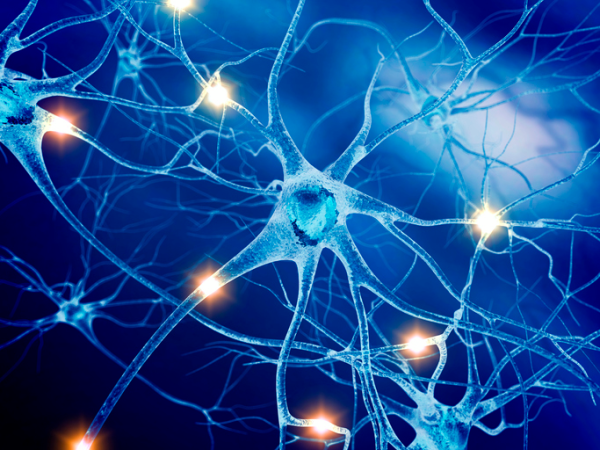
Image - Text Version
Shown is a colour illustration of a group of neurons. The neurons are shown as shapes with bulging centres and long thin arms. The shapes are pale blue with teal centres, floating in darker blue space. Along some of the arms are small bursts of warm white light.These represent active neurons.
Hinton wondered if people could train a machine to learn like a human brain. This is something scientists had been thinking about since the 1940s. This type of approach was later called machine learning (ML). His interest led him to complete a Ph.D. in AI in 1978. His focus was on neural networks. In 2012, it became known as deep learning. Deep learning is a type of machine learning based on artificial neural networks. The name “deep” means that the network has many layers. These allow the network to learn more and make better predictions. In 1987, Hinton came to Toronto, Ontario. He felt that Canada was a good place to live and do research. In 2017, he helped launch the Vector Institute in Toronto.
Yoshua Bengio
Yoshua Bengio was born in France, and moved to Montreal, Quebec as a child. As a teen, he loved science fiction and computers. He went on to study computer science at McGill University in Montreal. There, he discovered the work of Geoffrey Hinton. It inspired him to think about the question “What is intelligence?” Like Hinton, he believed in the potential of artificial neural networks. He helped launch Mila, the Quebec artificial intelligence institute.
Did you know?
In 2018, Geoffrey Hinton, Yoshua Bengio and Yann LeCun won the Turing Award. It was for their work with neural networks. The Turing Award is like the Nobel Prize for computer science.
What kind of AI work is being done in Canada?
In 2017, Canada became the first country in the world to have a national AI strategy. Many countries followed Canada’s lead and developed their own. Canada’s AI strategy is called the Pan-Canadian AI Strategy. It is led by the Canadian Institute for Advanced Research (CIFAR).
The strategy helps provide a direction and goals for AI in Canada. This includes how AI is used in healthcare, the environment and other application areas.
The strategy also guides activities at Canada’s three National AI Institutes. Each institute is led by a respected AI expert.
- Alberta Machine Intelligence Institute (AMII) (Edmonton, AB)
Lead researcher: Richard Sutton - Vector Institute for Artificial Intelligence (Toronto, ON)
Lead researcher: Geoffrey Hinton - Mila - Quebec AI Institute (Montreal, QC)
Lead researcher: Yoshua Bengio
At each Institute, researchers, companies and innovators work together on responsible AI research and its applications. These centres attract people from around the world to work on AI-based solutions for many different problems.
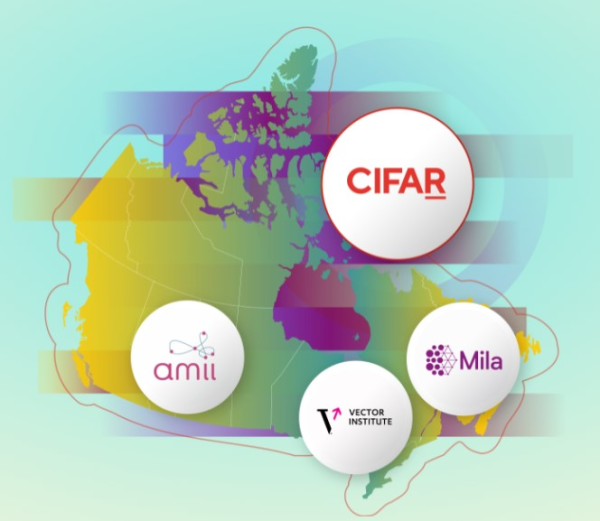
Image - Text Version
Shown is a colour map of Canada, overlaid with four logos in white circles. The map shows the land masses of Canada in yellow shaded with green. This sits on a teal background with pale purple stripes and a thin purple outline. The Amii logo sits over Alberta. The Vector logo sits over Ontario. The Mila logo sits over Québec. The CIFAR logo is larger than the rest. It sits above the Arctic Ocean.
What AI research is happening in Canada?
AI is an “enabling technology”. This means that people can use it for just about any kind of challenge where data is generated. That is almost everywhere! But before it can help solve problems, AI needs to “learn” from data.
AI’s ability to “learn” gives it huge potential. When used ethically, AI has the potential to change our lives. It could change the world for the better. This may happen in ways that we are just beginning to explore.
Did you know?
Canada has adopted a Generative AI Code of Conduct. It helps guide companies and organizations in the safe and fair use of AI for the good of Canada and the world.
Canadian AI researchers are doing important work for people and the environment. Let’s look at a few Canada CIFAR AI Chairs. They have received a special award that helps support their groundbreaking research.
Parvin Mousavi is using AI to create new ways to detect and treat cancer.
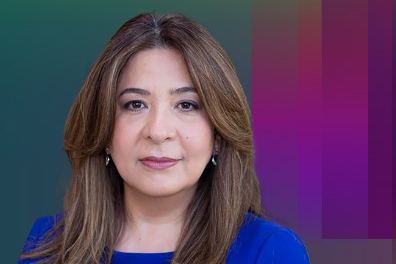
Image - Text Version
Shown is a colour photograph of a person with long brown hair, wearing a blue top. They are shown from the shoulders up, on a multicoloured background.
Jian Tang is using machine learning and computer models to design proteins and molecules for new drugs.

Image - Text Version
Shown is a colour photograph of a person with short black hair, wearing a white top. They are shown from the shoulders up, on a multicoloured background.
Martha White is using AI to help water filtration systems monitor themselves.
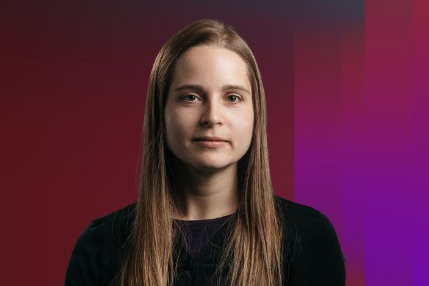
Image - Text Version
Shown is a colour photograph of a person with long, light brown hair, wearing a black top. They are shown from the shoulders up, on a multicoloured background.
David Rolnick is using AI to combat climate change. His work helps communities better predict and prepare for extreme weather. He is also exploring ways to use AI to improve the health of ecosystems and improve biodiversity.
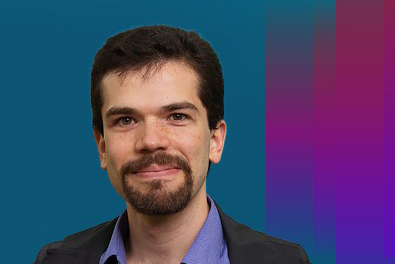
Image - Text Version
Shown is a colour photograph of a person with short black hair and a beard, wearing a purple shirt and black jacket. They are shown from the shoulders up, on a multicoloured background.
As of 2023, Canada has the third largest number of AI researchers and investments into new AI companies. This makes Canada one of the best places in the world for AI research, applications, training, and jobs.
Where can you learn about AI in Canada?
There is a wide variety of AI education options across Canada. Anyone can take a free on-line course called Destination AI. You can learn:
- What AI really is (and what it's not!).
- The impact of artificial intelligence on the workplace and on society as a whole.
- And go behind the scenes of an artificial intelligence project to get familiar with deep learning and machine learning.
At the end of the course, students receive a certificate to show their school or employer.
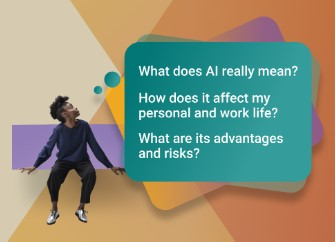
Image - Text Version
Shown is a colour illustration of a person next to a thought bubble reading: “What does AI really mean? How does it affect my personal and work life? What are its advantages and risks?” The person has curly black hair and is dressed in a black shirt and pants. They appear to be sitting against a purple rectangle in the lower left corner. Their image floats against a multicoloured background. The thought bubble is large, square and teal with white letters.
Certificates, bachelors, masters and doctoral studies in AI are available at many Canadian colleges and universities. And the list is growing. Amii, Mila, and the Vector Institute also partner with researchers at different post-secondary institutions. Some of these include the University of Alberta, the University of British Columbia, McGill University, Université de Montreal, Université Laval, University of Toronto, University of Waterloo, University of Guelph, Western University, University of Ottawa and Dalhousie University.
AI and Your Future
Does AI inspire you to make a difference in the world? Canada is one of the best places in the world to plan for a future career in AI. Everything you need, from education to jobs, is right on your doorstep. Canada has some of the best schools. It also has access to leading researchers.
People are coming from around the world to harness AI for the good of everyone. Using AI will take many trained people. Would you like to become an AI expert to help people and make the world a better place?
Let’s Talk Science appreciated the contribution of Tibor Turi, PhD P.Eng., Project Lead, Pan-Canadian AI Compute Environment, CIFAR in the development of this article.
Learn More
ACM A.M. Turing Award 2018: Yoshua Bengio, Yan Lecun and Geoffrey Hinton
In this video (5:46 min.), hear how these AI experts became interested in AI and about what they are currently working on.
Study artificial intelligence in Canada
Here you can find education programs in AI offered across Canada.
The Brains Behind AI (CIFAR)
Here you can watch short videos from CIFAR chairs explaining what they do.
Telus Wise Responsible AI Workshop
A program launched by Telus in partnership with CIFAR for grades 9 to 12.
References
Association for Computing Machinery. (2018). A.M. Turing Award Laureate Geoffrey E. Hinton.
CIFAR. (2023). The impact of the Pan-Canadian AI Strategy.
Deloitte. (September 2023). Impact and opportunities: Canada's AI ecosystem - 2023.
EduCanada. Study artificial intelligence in Canada.
Government of Canada. (September 2023). Voluntary Code of Conduct on the Responsible Development and Management of Advanced Generative AI Systems.